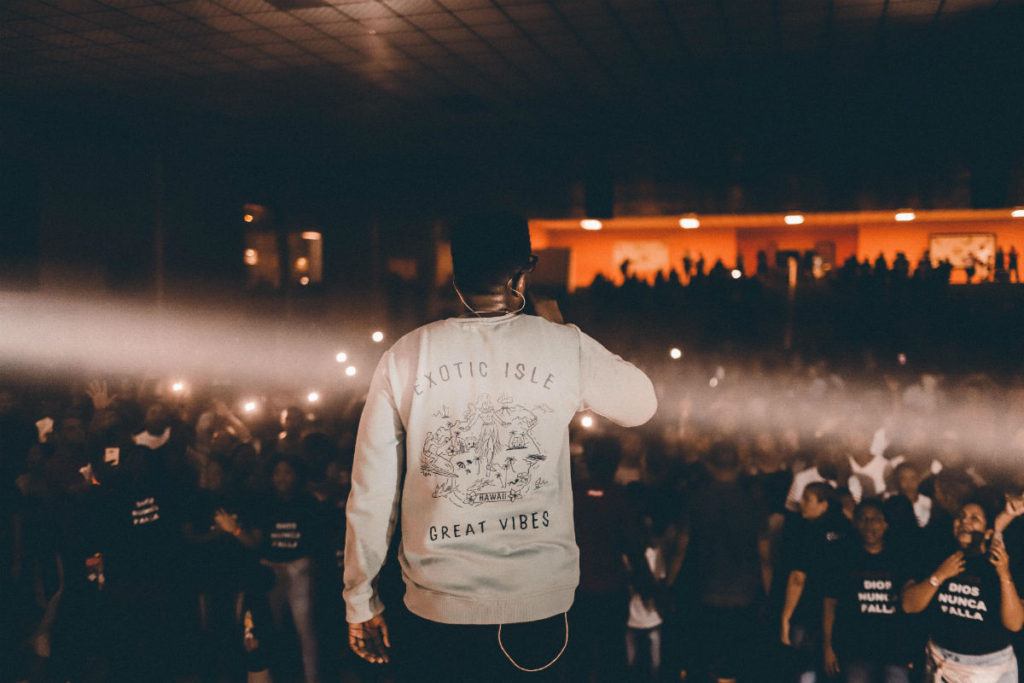With 59% of brands planning to leverage influencer content, they need to know how to use influencer marketing to help sell their products. In this expert guest post, Michelle Deery of Heroic Search shares valuable insights on how to find suitable influencers, how to vet their accounts to ensure their audience is authentic, and how to understand an influencer’s value before working with them. But first, let’s start with explaining what influencer marketing is.
What is Influencer Marketing?
Brands have been doing influencer marketing for decades. However, in the past, an influencer would be a famous figure like a footballer or a singer. Obviously, for most businesses, working on a sponsorship deal with somebody like David Beckham or Drake is completely out of the question. Thankfully, influencer marketing has now evolved. In 2018, everybody is an influencer thanks to platforms like Youtube, Instagram, and Twitter. Influencer marketing involves finding a particular user on social media that shares content related to your product and working with them to advertise your product to their followers.
The goal is to find influencers that have a large, engaged audience. Their audience will trust the influencer and the products they promote more than they would a typical advert sitting in their feed.
The amount an audience will trust their influencers is incredible. In fact, studies have revealed that 70% of teenage YouTube subscribers say they relate to YouTube content creators more than traditional celebrities. In a similar vein, 4 in 10 millennial subscribers say their favorite creator understands them better than their friends. Audiences feel very connected with their influencers, so using influencers as a marketing tool can be very lucrative.
How to Find Influencers
Finding influencers is surprisingly simple. Right now, the two most popular platforms for finding influencers are Instagram and YouTube. A recent report from Hashoff, an influencer marketplace, suggested that 82% of respondents say Instagram is their focus in 2018, whilst the next biggest platform was YouTube.
So, how do you find suitable influencers? Well, influencer marketplaces are an easy gateway into the influencer world. With a marketplace, you go through a platform, create an ad, and influencers can respond to it. Influencer marketplaces are great ways to quickly scale your influencer campaign because you can reach out to multiple influencers in your niche with one single post.
Some popular influencer marketplaces include the following:
- Tribe
- Hashoff
- Upfluence
- AspireIQ
- Neoreach
The option above is the easiest choice, and ultimately the safest. You get to view the results of past partnerships to ensure the influencer you are using is worth your time and money. The trouble is, these platforms serve as a middleman, which means you’ll be spending more.
As an alternative, you can try to contact the influencers by yourself (or rely on a digital marketing agency like Husaria). To do this, simply type in your product niche into Instagram search or YouTube. You’ll find relevant posts and accounts with large followings that you can reach out to. Both YouTuber influencers and Instagram influencers will include their contact information in their bio or their ‘about’ section.
Understanding an Influencer’s Value
Before you send an influencer a message, you need to understand the value that influencer can bring to your business. Seeing big follower numbers can be exciting, but in most cases, quality is better than quantity. In fact, many brands are specifically targeting ‘micro influencers’, individuals with smaller audiences, because their audience is usually more engaged. So don’t worry about the follower numbers, and instead look at engagement.
The engagement would be the number of views, likes, and comments a post gets. An account that gets 1,000 likes with 20,000 followers should be valued the same as an account that gets 1,000 likes with 100,000 followers. You should pay per engagement, not per follow. But how much should you pay? According to Tony Tran from Lumanu, a large influencer startup, you should be paying $0.25 to $0.75 per average post engagement.
This means, if you find an influencer in your niche that gets roughly 1,000 likes per post, you should agree on roughly $250 to $750 per post. For smaller influencers, you may be able to agree on a lower rate – they may find it hard to find influencer deals so they’ll be happy to take lower rates. The key here is to spend time finding the most suitable influencers and building a relationship with them via email or direct messages.

Local influencers can have small but loyal followers
Work Local? Start Local With Influencers
Finding influencers can be even easier if you are a local business in a big city. You can search Instagram for your city and find the biggest Instagram users in your area by viewing the top posts. This can become an excellent way to not only build a strong local marketing campaign, but also to build a relationship with that influencer in person.
If you have a Shopify store, you can get your Instagram influencer to tag your product in their photo. The tag will take users straight to your Shopify store when tapped. If they are local, you can also encourage users to stop by your store, too. You can even use the Shopify POS card reader to keep all of your offline and online sales in sync.
Vetting Your Influencers
The last step to take before getting in touch with influencers is to vet them. The market for fake followers and likes is very real, so this is something you should be wary of. There are three main ways to do this:
- First, use something like Socialblade to monitor an Instagram user’s growth. See any sudden spikes in followers? Yep, that’s a big red flag. You should see a slow, steady upward curve and not any huge spikes.
- Next, check their comments. Do you see real, engaging comments, or are they spammy or all from the same people? Many Instagram users pay for comments or get involved with engagement groups to boost their engagement. These kinds of accounts should be avoided.
- Finally, ensure the content they are posting is actually decent. There’s no point working with an influencer if they aren’t able to create eye-catching visuals or videos.
Influencer Marketing Summary and Author Bio

It has been proven time and time again that the value in influencer marketing is only now really being fully realized. Once the market fully catches on, there’s no doubt that the price for an influencer marketing campaign will increase, so there’s no better time than now to get started with the tips we’ve included in this article.
Michelle Deery is a freelance copywriter Heroic Search, a link building agency based in Tulsa. Her work has been seen in publications such as Entrepreneur.com. She specializes in writing marketing content that helps businesses increase their sales.



